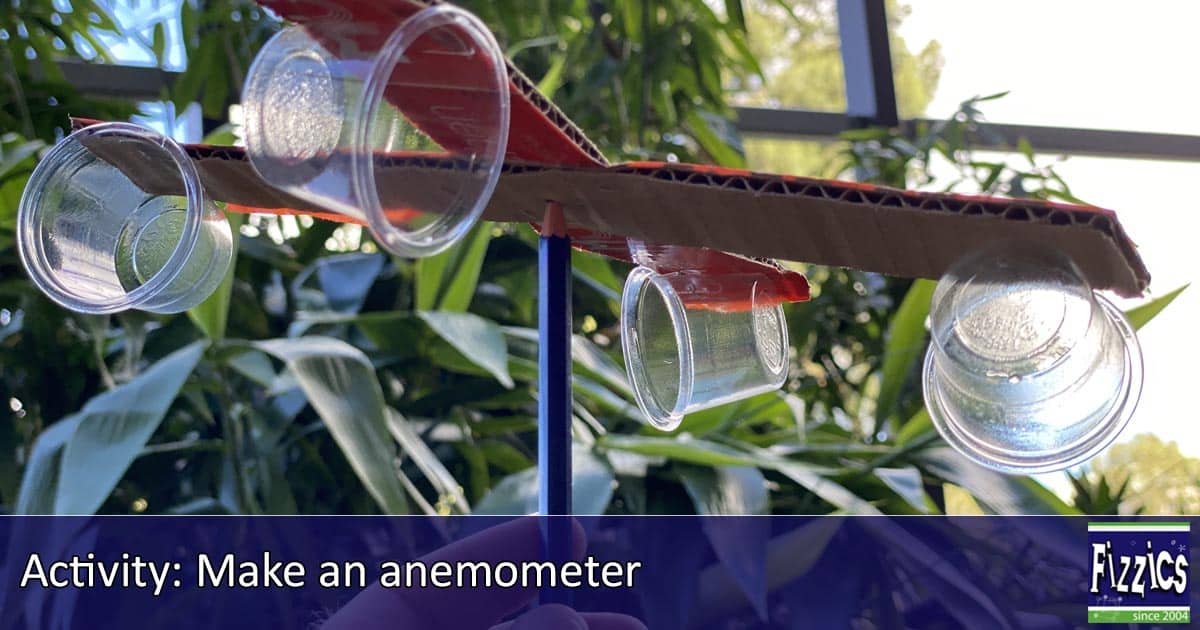The Function of an Anemometer in Improving Safety for Outdoor Activities
The Function of an Anemometer in Improving Safety for Outdoor Activities
Blog Article
All You Need to Know Concerning Anemometers: Exactly How They Work, Why They Issue, and Where to Utilize Them
Anemometers, however frequently overlooked in the world of scientific instruments, play an important function in numerous areas, supplying useful insights into wind speed and air movement patterns. As we dive right into the intricacies of anemometer technology, we will discover the inner functions of these gadgets, their value, and the vital considerations when selecting the right anemometer for particular applications.

Anemometer Basics
A necessary tool utilized to gauge wind rate and direction, the anemometer plays an essential function in weather forecasting and numerous sectors. An anemometer generally is composed of three or 4 mugs that revolve in the wind, a vane that aims into the wind, and sensing units to track the movements or turnings.
There are various types of anemometers readily available, consisting of mug anemometers, vane anemometers, hot-wire anemometers, and sonic anemometers, each with its unique functions and applications. Mug anemometers are generally used for fundamental wind speed measurements, while vane anemometers are liked for directional measurements.
Concepts of Anemometer Procedure
Structure on the fundamental understanding of anemometer fundamentals, the concepts of anemometer operation elucidate the mechanics behind wind rate and direction dimensions. Anemometers operate the concept of air movement impacting a sensor, causing it to revolve. Cup anemometers, as an example, have 3 or even more mugs that record the wind, causing them to rotate much faster as the wind rate boosts. The rotation rate is after that exchanged a wind speed measurement. Vane anemometers, on the various other hand, use a tail or a probe that straightens itself with the wind direction, supplying a measurement of wind direction based upon the positioning of the sensor. Hot-wire anemometers count on a heated cable that cools down as wind overlooks it, with the rate of cooling figuring out the wind rate. Ultrasonic anemometers procedure wind speed and instructions by evaluating the time it considers ultrasonic signals to travel in between transducers. Understanding these concepts is vital for precise and trustworthy wind measurements in numerous applications.
Significance of Anemometers
Anemometers play an essential function in determining wind speed and direction, providing important data for weather forecasting, climate researches, ecological surveillance, and aeronautics procedures. Meteorologists depend on anemometers to gather accurate wind information, aiding them comprehend weather condition patterns, anticipate storms, and issue prompt cautions to the public. Wind farm operators make use of anemometers to analyze wind problems and optimize power manufacturing from wind turbines.
Applications Across Different Industries
Applications of anemometers span throughout continue reading this diverse sectors, showcasing their adaptability and utility past meteorology. In the eco-friendly energy field, anemometers play a vital duty in assessing wind conditions for wind ranch positionings, making sure optimal power manufacturing. Industries like building and mining make use of anemometers to keep track of wind rates, essential for safety and security procedures, specifically when operating at elevations or in open-pit mines where solid winds can position threats. Anemometers are also indispensable in the aviation market, assisting pilots in understanding airspeed and wind instructions for secure take-offs and touchdowns. The maritime field take advantage of anemometers for ship navigation, aiding seafarers anticipate weather condition adjustments and adjust paths as necessary. In agriculture, anemometers assist farmers in handling plant splashing by providing real-time data on wind rate to stay clear of drift. Furthermore, anemometers discover applications in a/c systems to maximize airflow and improve energy effectiveness in structures. The varied usage instances of anemometers emphasize their relevance across different markets, highlighting their crucial duty in enhancing operational click for more info security and efficiency (anemometer).

Picking the Right Anemometer for Your Needs
For general purposes, a cup anemometer is appropriate for determining wind speed, while a vane anemometer provides wind direction information. Hot-wire anemometers are optimal for low airspeed dimensions, and ultrasonic anemometers use high precision and resilience.

Verdict
To conclude, anemometers play an essential duty in gauging wind speed and instructions across various sectors. Comprehending the principles of anemometer operation is important for picking the ideal device for details requirements. From weather forecasting to air travel, anemometers are vital devices for collecting exact data and making certain security in various applications. It is very important to consider the relevance of anemometers in order to make informed decisions when picking the most appropriate tool for determining wind problems.
There are various types of anemometers offered, consisting of mug anemometers, vane anemometers, hot-wire anemometers, and sonic anemometers, each with its unique features and applications. Cup anemometers are frequently made use of for standard wind rate measurements, while vane anemometers are chosen for directional measurements. Hot-wire anemometers are ideal for reduced airspeeds, and sonic anemometers are perfect for high-precision dimensions in study and commercial settings.Building on the foundational understanding of anemometer fundamentals, the principles of anemometer operation elucidate the mechanics behind wind speed and direction measurements. For basic objectives, a mug anemometer is suitable for gauging wind rate, while a vane anemometer gives wind instructions information.
Report this page